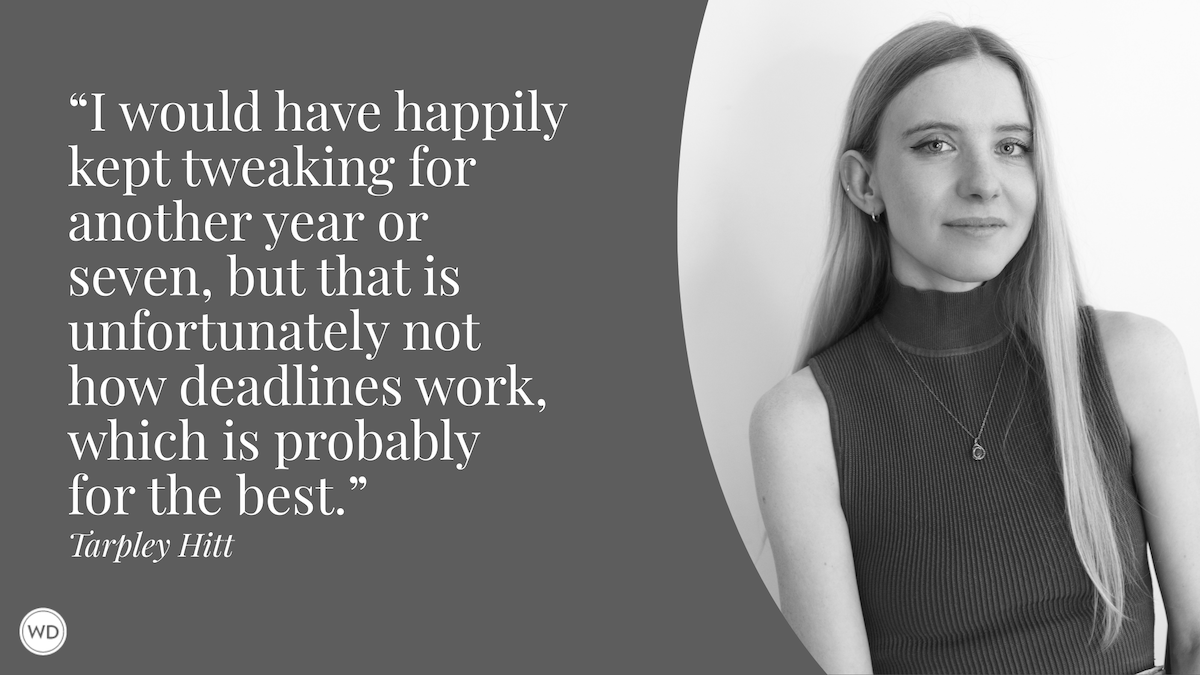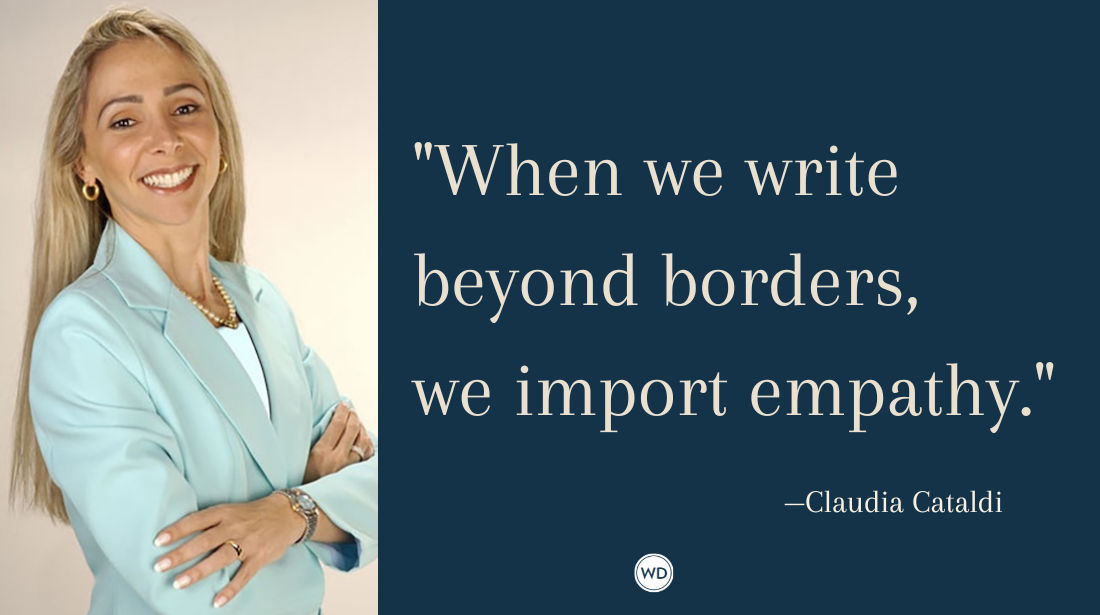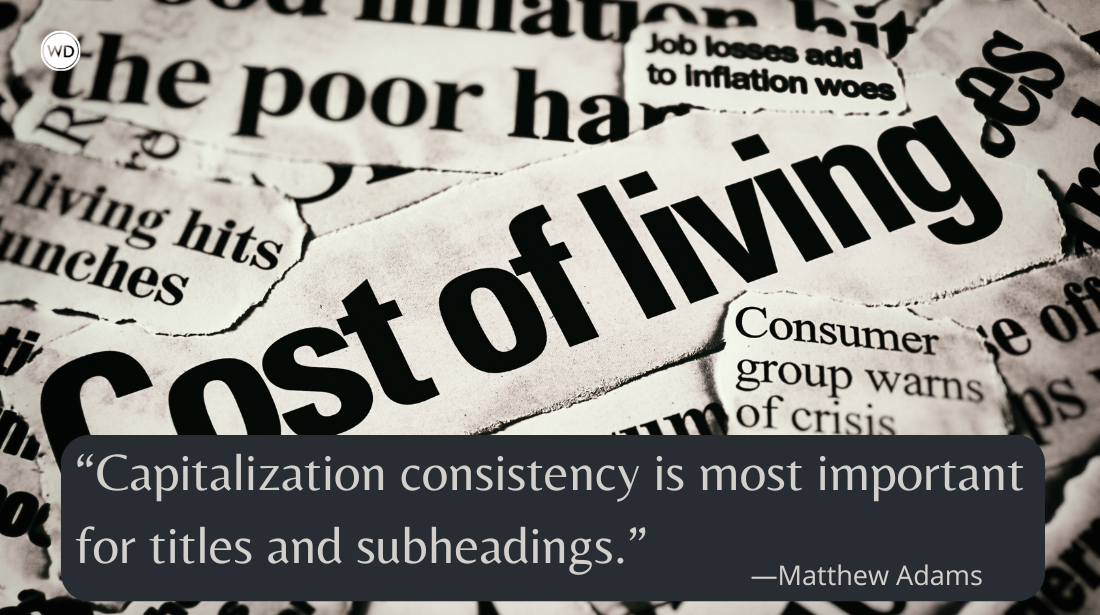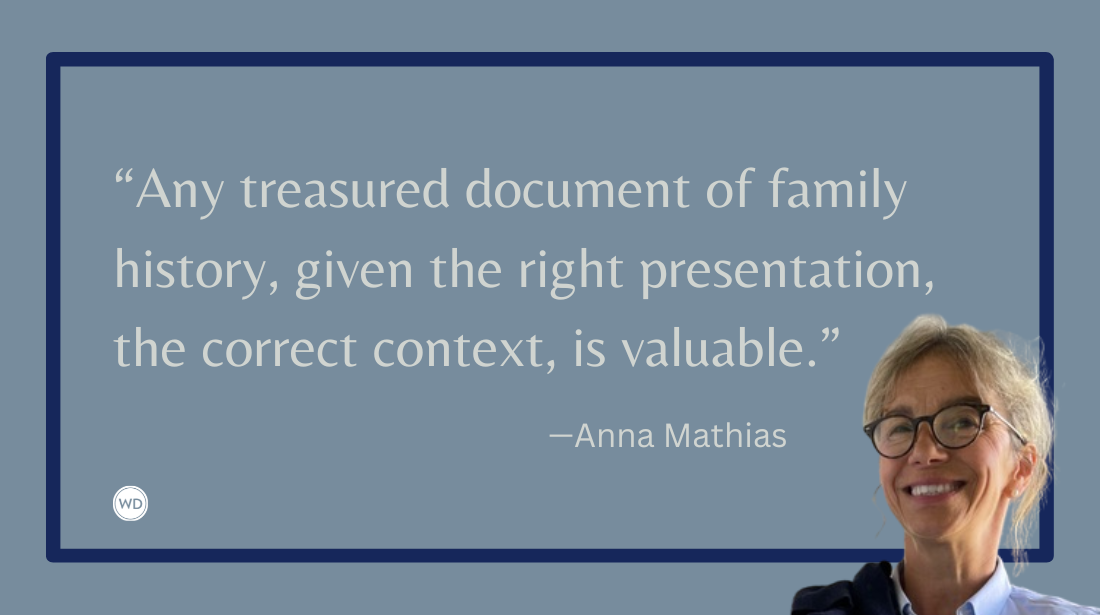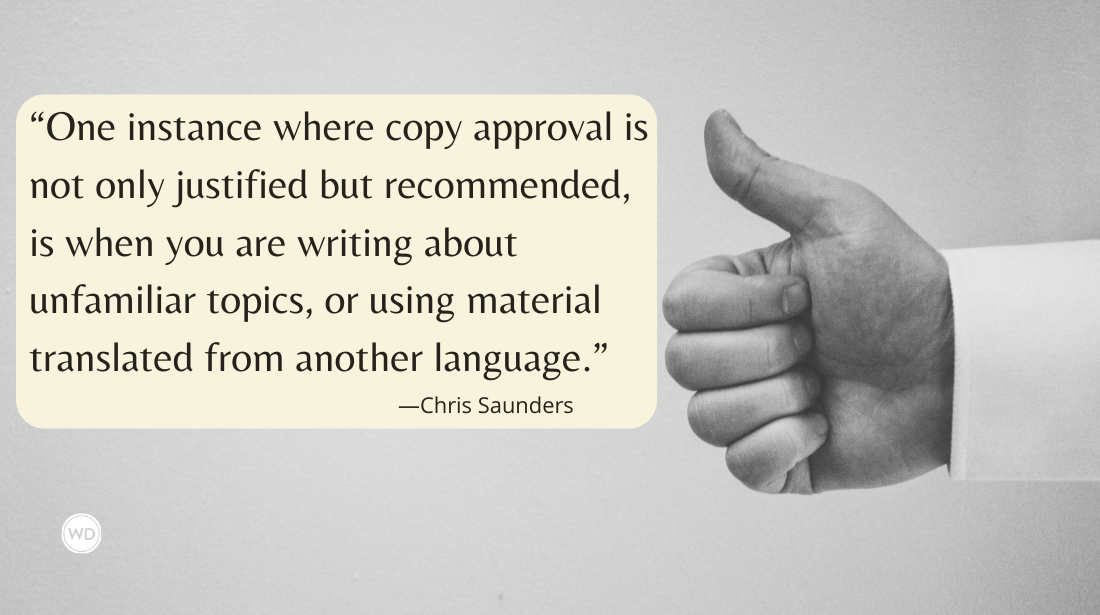Creating Memoir That’s Bigger Than Me, Me, Me
Today’s guest post is from Tracy Seeley, author of My Ruby Slippers. Visit her site, or find out more about her book. — Memoir tells stories from our own lives….
Today's guest post is from Tracy Seeley, author of My Ruby Slippers. Visit her site, or find out more about her book.
--
Memoir tells stories from our own lives. It says, “This happened to me.” Should be simple. And yet in writing memoir, we face certain challenges:
- How do we rise above a mere retelling of events?
- How do we avoid self-indulgence, narcissism, or mere confession?
- How do we make our story compelling to others?
Meeting these challenges begins with recognizing that events happen in a context and a memoirist must be more than one person.
Time and Place: Enlarging the Context of Your Story
The story you’ve come to tell didn’t happen in a vacuum. So to get beyond the “me, me, me” of memoir, consider expanding your sense of time and place.
The location of events matters. For every place has a multi-layered history and unique character. Everything from its geological formation to its climate, history and local stories has contributed to that character and even to who you are. Kathleen Norris’ Dakota: A Spiritual Geography, for example, starts this way:
The High Plains, the beginning of the desert West, often act as a crucible for those who inhabit them. Like Jacob’s angel, the region requires that you wrestle with it before it bestows a blessing.
From the start, the book focuses on more than “what happened” in Kathleen Norris’ life. It focuses on how the place itself has shaped her experience and its meaning.
Digging into the history of a place can also help ground your story in more than your own past. For example, who lived in your house before you did? Was your subdivision once a dairy farm? A munitions dump? A town on the Pony Express line? What stories can you unearth about people who used to live in your town? Before it was even a town, who was there and what happened? And what does all of this suggest to you about the meaning of the place, and your story in it?
When I wrote My Ruby Slippers, I did a lot of research about the places I used to live, and discovered things that enriched the meaning of my story. For example, the house I grew up in stood about a mile from the junction of the Big and Little Arkansas Rivers, which had been the center of Plains Indian culture for centuries. With a little digging into the life ways and beliefs of the people who had lived there before me, I was able to think of my house as more than the center of my story’s universe, but as one layer in a deeper and more interesting story.
Family history can also be a great trove of information. In Where I Was From, Joan Didion traces her family story back through generations of women who “made the crossing” by covered wagon to California. And in all of them, whom she comes to know through letters, diaries and family stories, she detects a common character. The women were, above all, pragmatic, “without much time for second thoughts.” “The past could be jettisoned, children buried and parents left behind.” Didion sees these same traits in her own mother, which brings us to the present of her own life. This grounds her personal story in family history and family character, as well as in the familiar American story of westward migration. All of these give deeper meaning to her tale.
If you’re not telling such an expansive story, even a little historical research can take you beyond the limits of your own memory. In his memoir Dough, Mort Zachter retells a story he often heard growing up: how even during a famous blizzard, his penny-pinching uncles still showed up to work at their bread store. But this had all happened before Zachter was born, so with a little research, he can tell us that “On December 26, 1947, snowfall officially began at 5:25 a.m.”
Similarly, looking up events that coalesce around a certain date can elevate your story into something beyond the moment of a limited self. Dinty Moore’s memoir Between Panic and Desire locates his life in the cultural context of the 60s. He tells us, for example, that "Leave it to Beaver" debuted on the same day the Soviets launched Sputnik I. This seemingly unlikely pairing helps create the larger story that Moore belongs to, and explains the lens through which he sees his life.
In another section, which introduces us to his own Irish father, Moore tells a host of mini-stories about other fathers, including the one on Father Knows Best, one in a newspaper article about a divorce, Emperor Penguin fathers, the actor Tim Allen’s father, and others. In doing so, Moore tells a compelling story about himself and his father within this wider frame.
The Two Selves of Memoir: Distance, Reflection and Self-Awareness
Even in an enlarged context of time and place, the point of memoir is not really what happened. It’s about what you, the writer, make of what happened. What is its meaning? Why does it matter?
To arrive at that meaning requires what memoirist Vivian Gornick calls “detached empathy,” or a distance between the self who writes and the self things happened to. In that space, we can explore the meaning of events and think about them on the page. We can also stand back and reflect on who that other self was at the time events unfolded and what we think of him or her now.
An example: Meredith Hall’s stunning memoir, Without a Map, tells how at 16, she became pregnant and her town, school, church and family all turned against her, shunning her, shutting her out. It’s a painful story. And yet what keeps it from becoming a “poor me” confessional tale is Hall’s empathetic distance, her awareness that her writerly self and her 16-year-old self are not the same. Hall begins the book recognizing both the distance and the connection between the two: “Even now, I talk too much and too loud, claiming ground, afraid that I will disappear from this life, too.”
Shortly after, she looks back at that young self who was forced to disappear: “Sometimes, rarely, I get a flicker of understanding … and feel a powerful protectiveness of that stunned and desperate girl.”
A memoirist’s reflections can take many forms, even examining the writer’s memory itself. In I Could Tell You Stories, Patricia Hampl recalls an episode during the Vietnam W
ar when she is traveling by Greyhound bus to visit her draft-resister boyfriend in prison. When the bus stops to pick up passengers, the young Hampl watches as outside her window, a “godlike young man with golden curls” passionately kisses a “stout middle-aged woman in a flowered house dress.” She is fascinated, especially when the woman boards the bus, sits across from Hampl, tells her the young man is her husband and cryptically says, “I could tell you stories.” Years later, Hampl not only tells us what happened, but puzzles over why it has stuck with her so long.
Whether it was the unguarded face of love, or the red gash down the middle of the warring country I was traveling through, or this exhausted farm woman’s promise of untold tales that bewitched me, I can’t say.
This thoughtful, empathetic, reflective persona is the real heart of memoir, the voice that readers will follow and want to know. The discoveries it makes over the course of the story, the wisdom it uncovers and brings to the tale, even its confusions and uncertainties—these will carry the audience through, well beyond the limits of “me, me, me.”
--
Find out more about Tracy Seeley's memoir, My Ruby Slippers.
Jane Friedman is a full-time entrepreneur (since 2014) and has 20 years of experience in the publishing industry. She is the co-founder of The Hot Sheet, the essential publishing industry newsletter for authors, and is the former publisher of Writer’s Digest. In addition to being a columnist with Publishers Weekly and a professor with The Great Courses, Jane maintains an award-winning blog for writers at JaneFriedman.com. Jane’s newest book is The Business of Being a Writer (University of Chicago Press, 2018).




